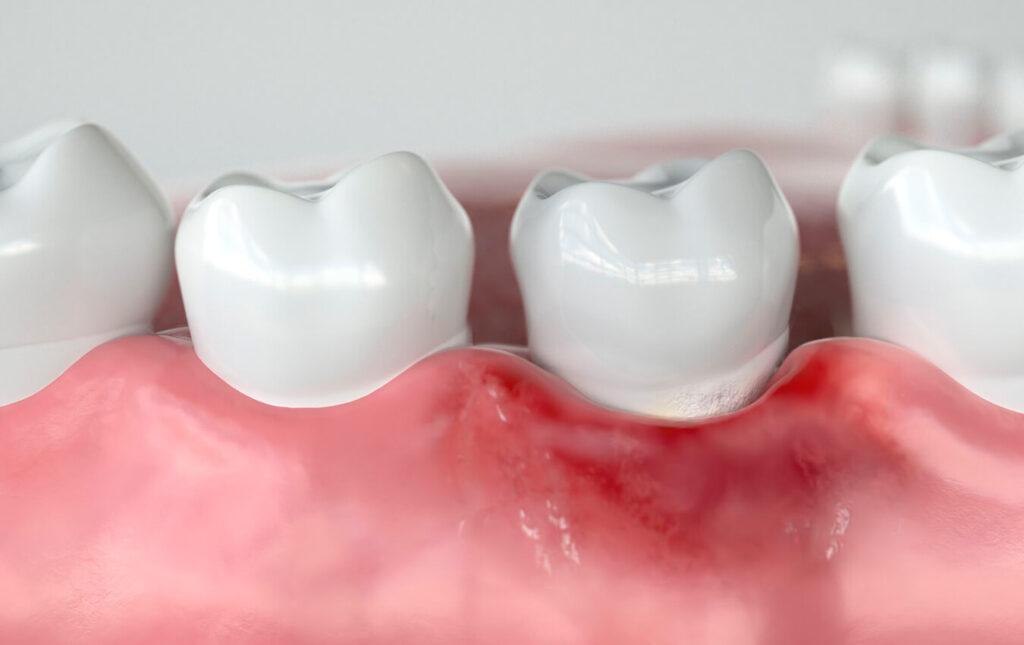
Infections associated with gum diseases can affect the bone which will prevent the gum from staying flat. Reshaping the jawbone by osseous surgery will keep the gum flat in the area between the teeth and it will allow a natural development of the denture. The area from which the periodontal pockets are eliminated is first anesthetized so that the surgery can be performed naturally. The local anesthesia, usually done with Lidocaine, also helps to disinfection.
A usual osseous procedure lasts about an hour. After the patient is numb, the gum is flapped back so that the surgeon has a better vies on the amount of bone loss. He can also see possible tartar attached to the root. The area is cleaned from all the granulation tissues that live in tooth defects and craters. The craters are ultimately reduced or eliminated. This way the periodontal pockets are also removed. If the defects are significant, that is the craters are too large, then the surgeon will fill them in. A special membrane is also used to cover over the bone graft, so that the gum is not allowed to grow into the craters. There are two types of membranes presently used: resorbable and non-resorbable. After the bone is reshaped, the gum is replaced to its initial position by using stitches. Made of nylon, these are usually removed within a week. If a special type of suture is necessary, then it will only be removed within a month. At the end, the area is covered with some special packing that does not allow food to disturb the healing process.
Benefits
- Reducing pocket depth
- Eliminating existing bacteria
- Preventing damage caused by of periodontal diseases
- Maintaining a healthy smile.
Who is this procedure for?
- Those with gum diseases
- Those with unusually shaped jawbones
What happens before the procedure?
Before the surgery itself, at least two appointments at the dentist are required for analises and impressions.
What happens during the procedure?
To begin with, a local anesthesia is required, and then the area is opened so that the surgeon can clean the affected area from bacteria and fill any existing holes in the bone. The surgeon uses membranes to cover the bone and then shuts the area. Possible devices can be used in order to accelerate the healing process.
What happens after the procedure?
Special treatment of the area might be required after the surgery, usually, dentists inform their patients about them. They refer to brushing and flossing, to hard food. Of course, the surgeon will ask the patient to revisit him once again in order to remove the stitches.

